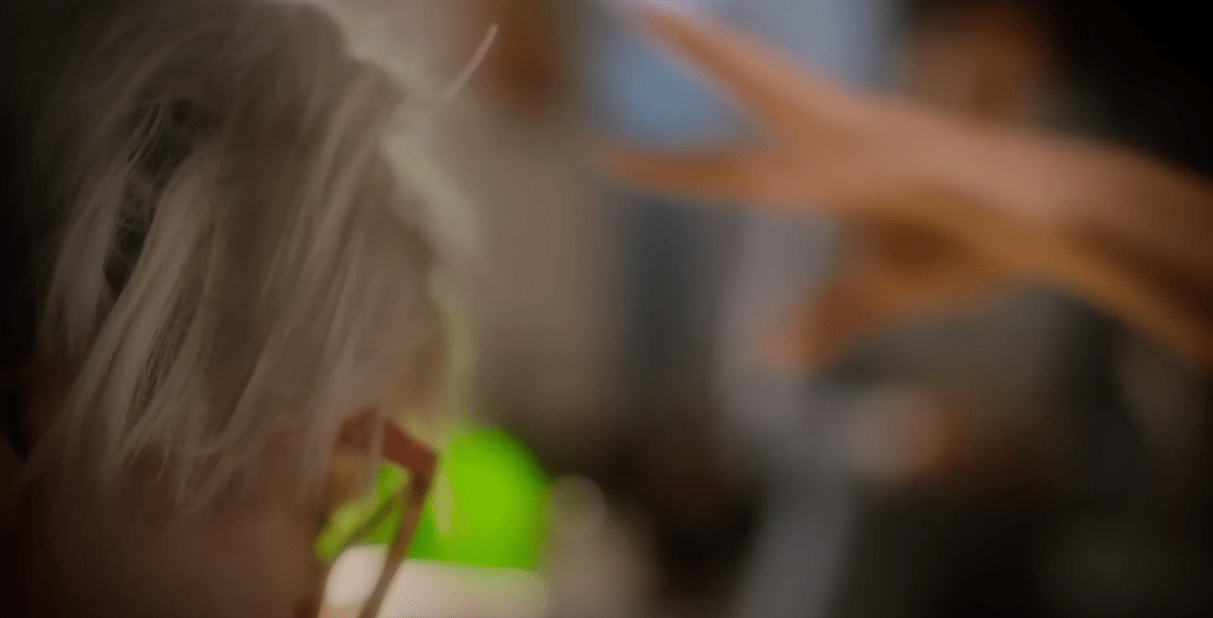The New Documentary Aesthetic
I just finished watching The Andy Warhol Diaries, the six-part documentary series directed by Andrew Rossi for Netflix last year. I enjoyed it more than I expected as it humanized an artist I was obviously aware of but never fully considered. If nothing else, it complicated, expanded, and contextualized the influence of an artist who is all too easy to flatten.
Early in the series, however, Rossi and his team deploy a cinimatic trick I’m seeing more and more in contemporary documentaries:
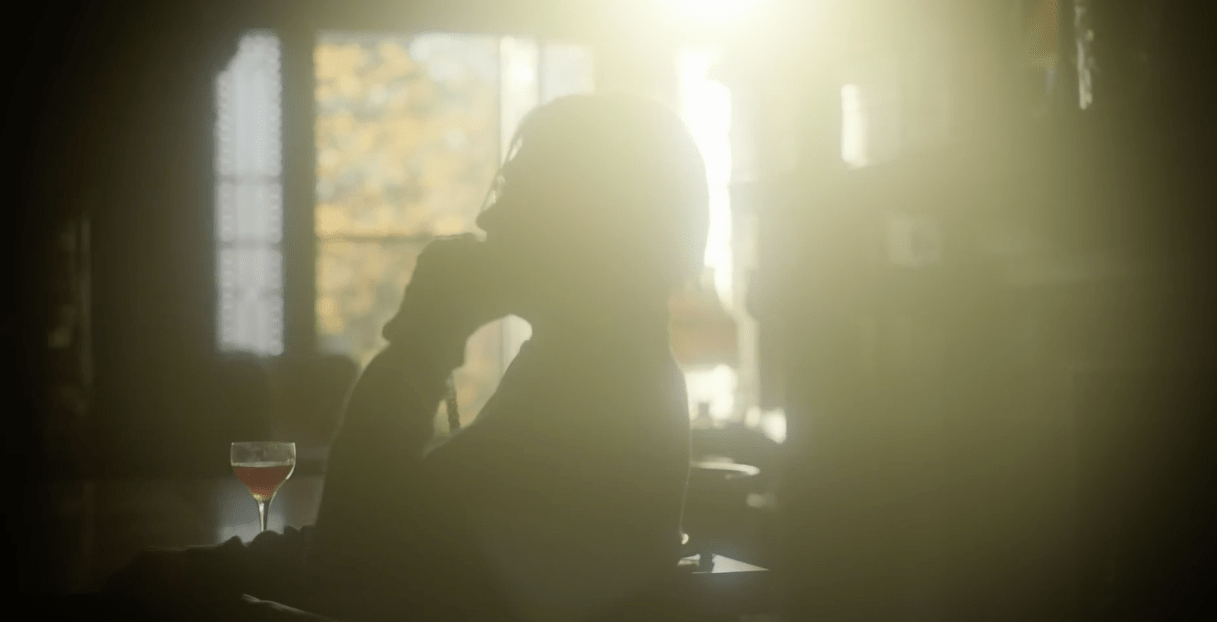
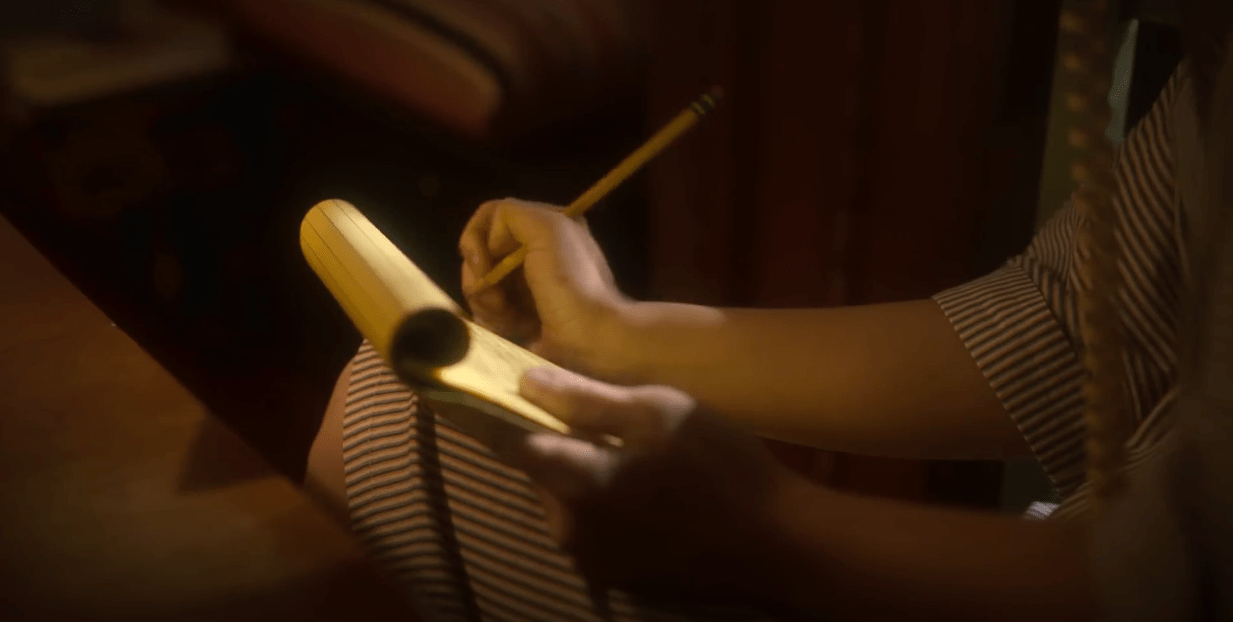
You likely know this: shallow depth-of-field, glossy, high-production re-enactments of what’s being discussed. They got an actor with a similar body to Warhol, put a wig on them, and then filmed a series of vignettes to help create a mood for the film. I think of this as the Netflix Documentary Aesthetic: real actors, high-production values, and incredibly cinimatic. Indeed, I first was concious of it watching Errol Morris’s 2018 Netflix documentary Wormwood:
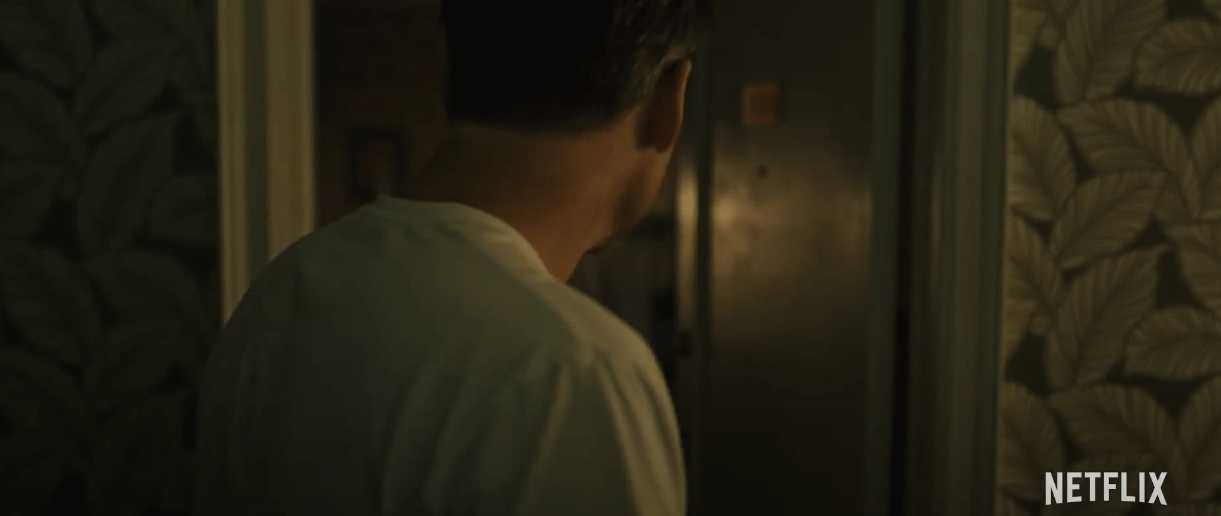
Morris, of course, was experimenting with moody re-enactments early, most notably in his 1988 documentary Thin Blue Line:
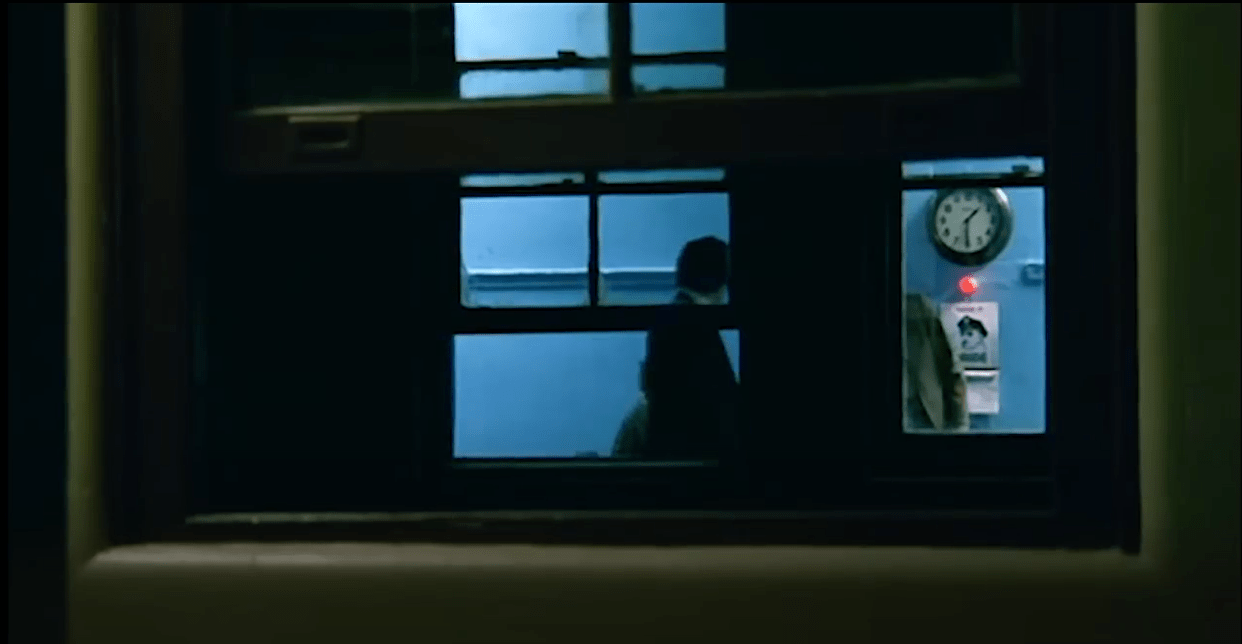
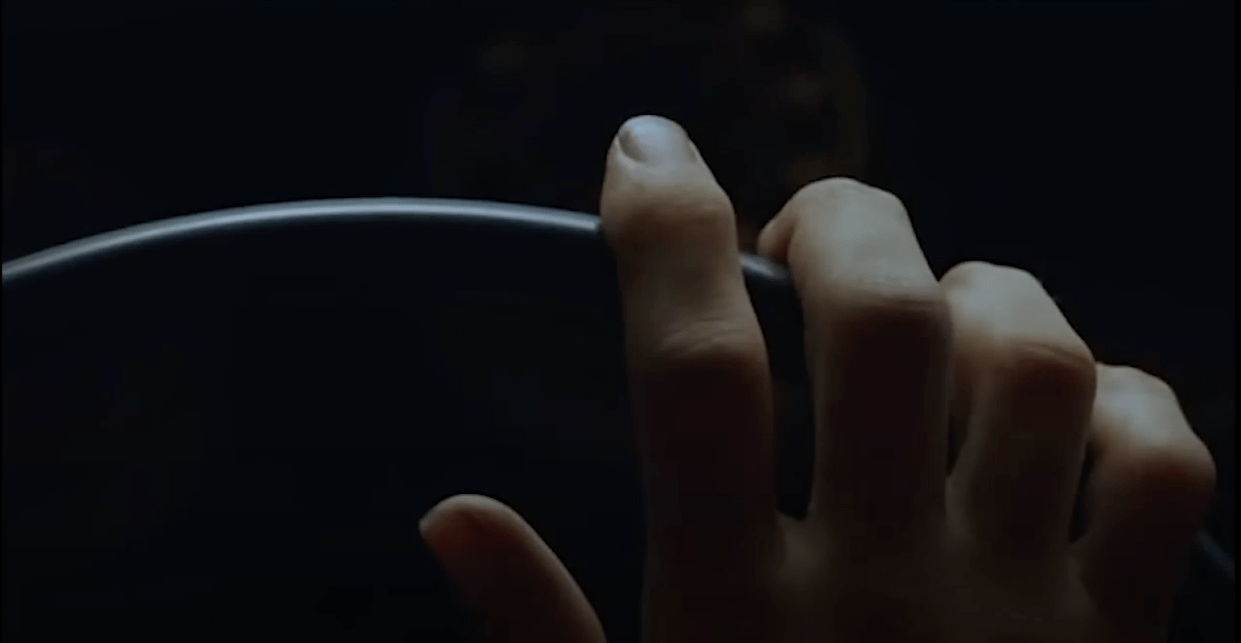
The aesthetic he pioneered here, it seems, has been elevated, codified, deployed across nearly any kind of documentary. Where you might previously use a Ken Burns-style zoom on still photo or use stock images of a tape recorder, documentary filmmakers are now filming Hollywood-level setpieces to capture the mood. I suspect this comes, in part, from the budgets Netflix and other streamers can give to directors today, along with the popularity of multi-part documentaries on streamers. What happened to the 1.5 hour documentary anyway? Everything is expanded to fill three, four, five hours. To cover that run time, you need footage.
There are hallmarks to the Netflix documentary aesthetic:
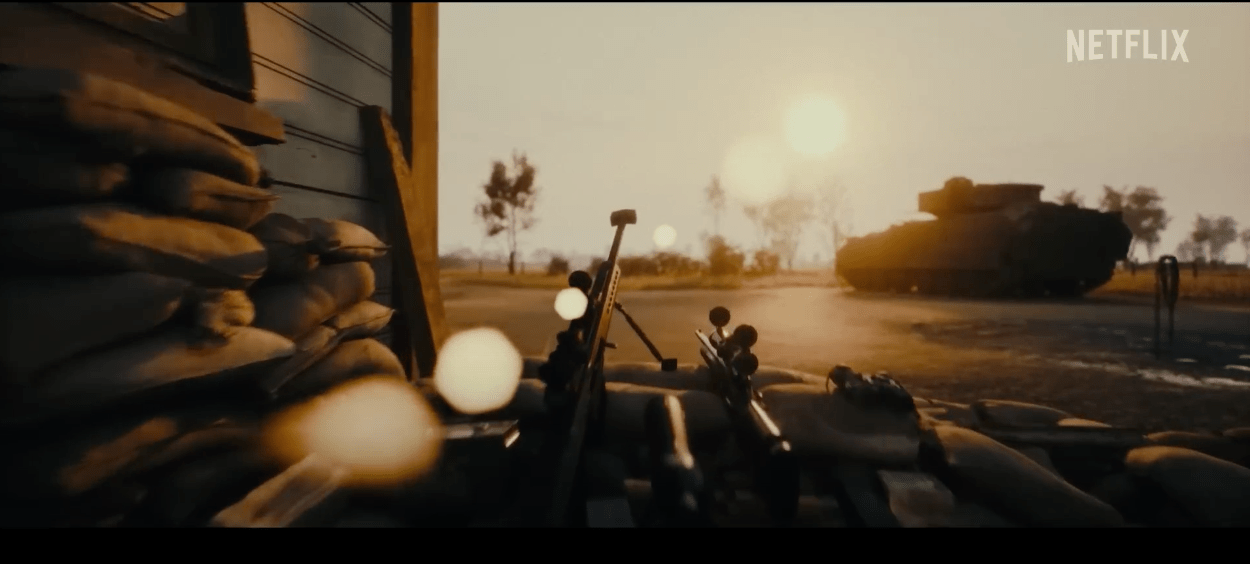
it’s always a shallow depth of field,
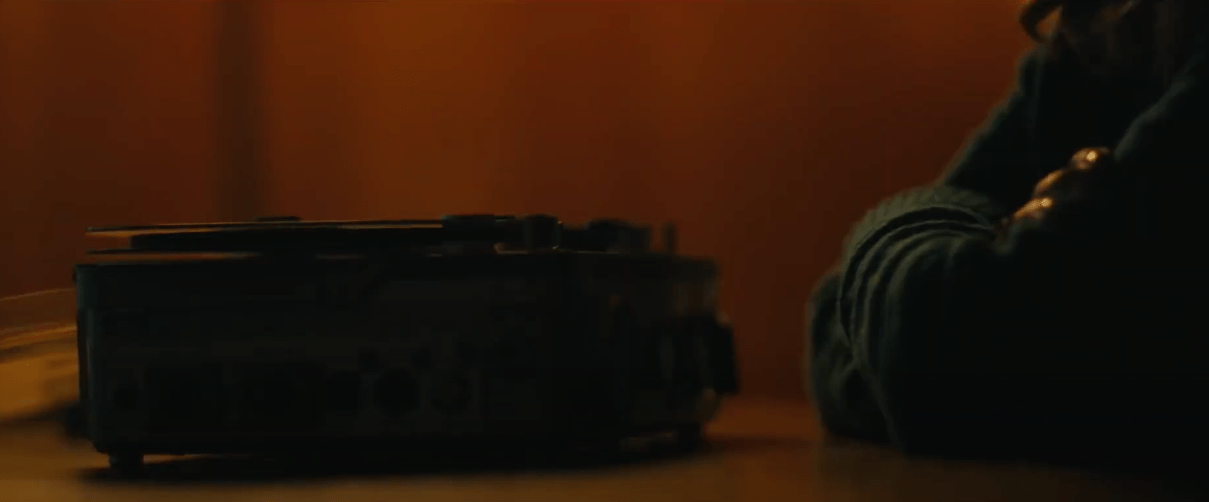
usually shot in low light to create high-contrast shadows.
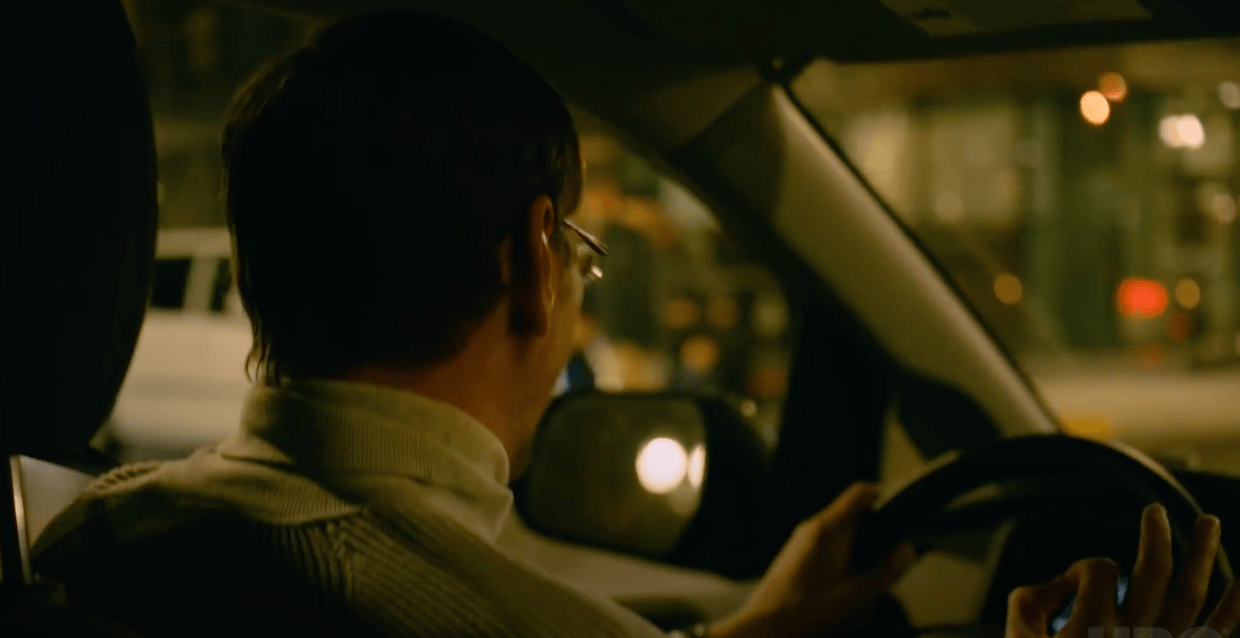
Actors are often shot from behind (so we rarely see their faces), often walking through doors or down corridors.
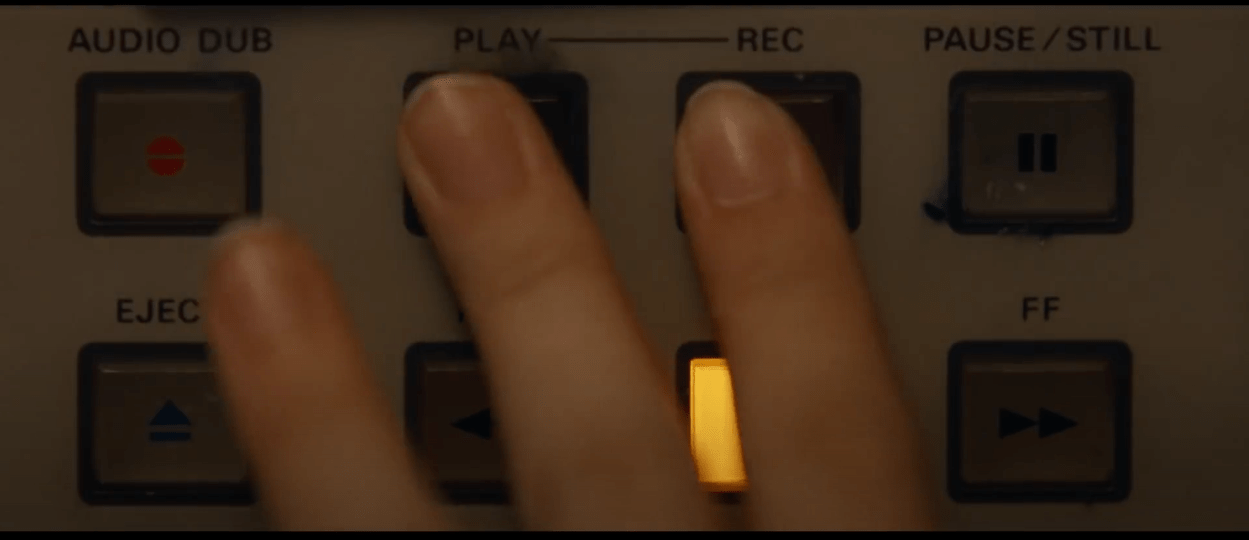
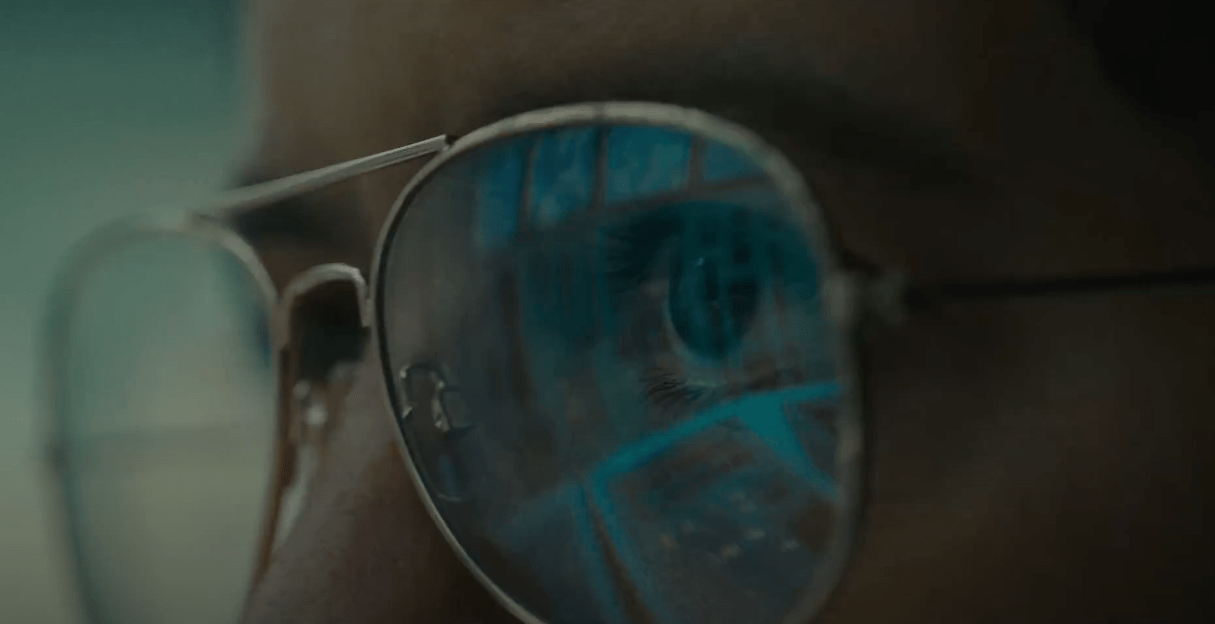
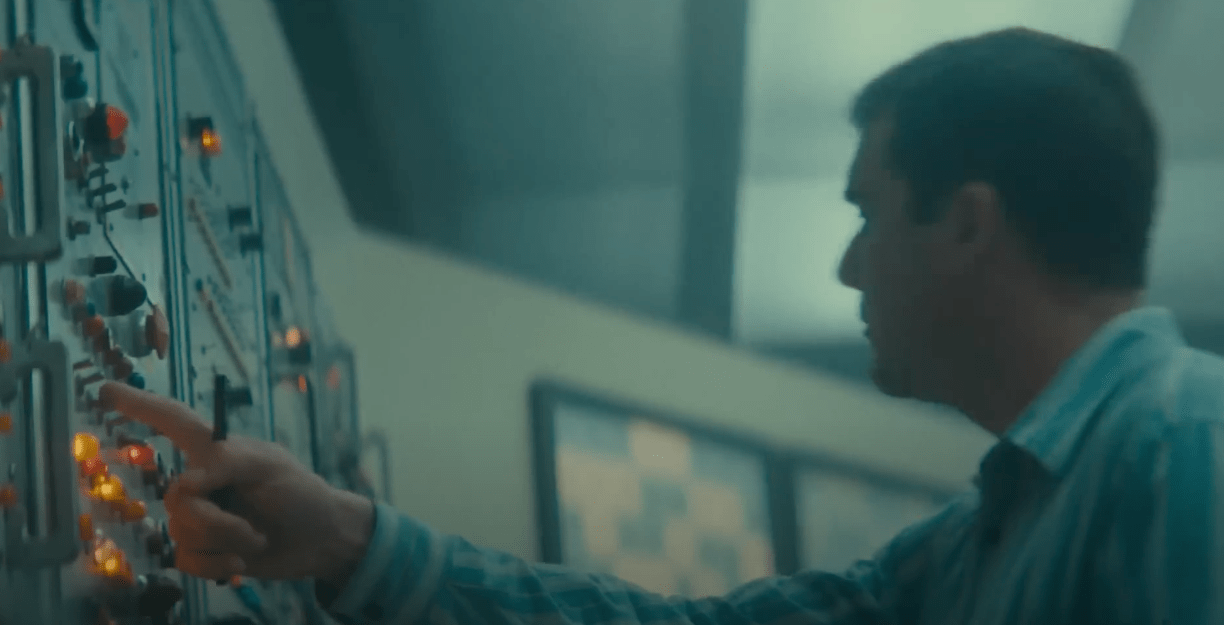
There’s always a tight crop, often of someone reading, working on a computer, or pinning something to a wall.
Once you notice it, you can find it everywhere. I don’t hate it, necessarily, but I find this sameness becoming more and more distracted when I watch these.
